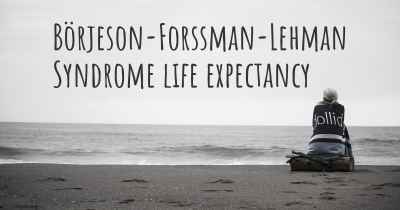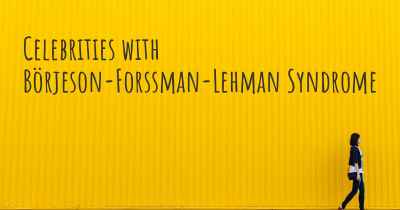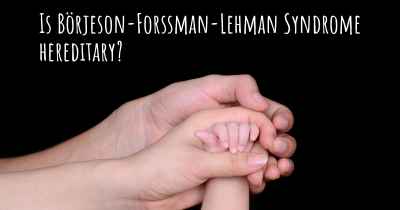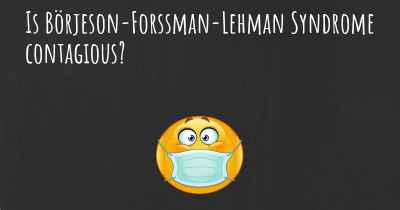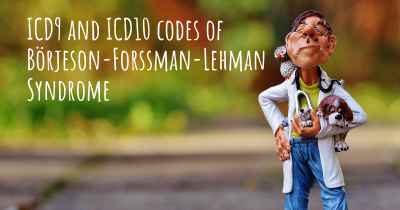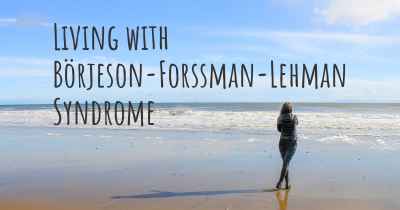What are the latest advances in Börjeson-Forssman-Lehman Syndrome?
Here you can see the latest advances and discoveries made regarding Börjeson-Forssman-Lehman Syndrome.
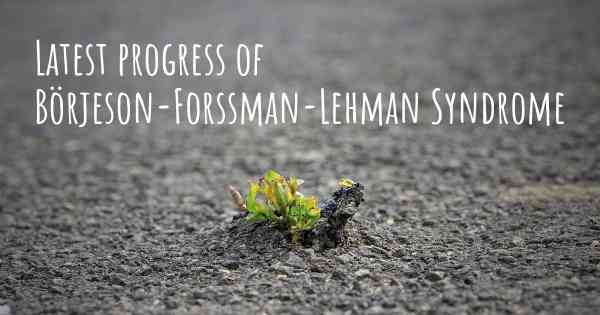
Börjeson-Forssman-Lehman Syndrome (BFLS) is a rare genetic disorder that primarily affects males. It is characterized by intellectual disability, physical abnormalities, and behavioral problems. While there is currently no cure for BFLS, ongoing research and advancements in understanding the syndrome have provided valuable insights into its underlying mechanisms and potential treatment options.
One of the latest advances in BFLS research is the identification of the ARHGEF9 gene as the causative gene for the syndrome. Mutations in this gene disrupt the normal functioning of proteins involved in cell signaling pathways, leading to the characteristic features of BFLS. This discovery has allowed for more accurate diagnosis and genetic counseling for affected individuals and their families.
Another significant development in BFLS research is the use of genetic sequencing technologies to identify specific mutations in the ARHGEF9 gene. Next-generation sequencing techniques, such as whole-exome sequencing, have enabled researchers to analyze the entire coding region of the genome and identify disease-causing mutations more efficiently. This has facilitated early diagnosis and personalized treatment approaches for individuals with BFLS.
Advancements in neuroimaging techniques have also contributed to our understanding of BFLS. Magnetic resonance imaging (MRI) studies have revealed structural brain abnormalities in individuals with BFLS, including reduced white matter volume and abnormal cortical development. These findings have helped elucidate the neurological basis of the syndrome and may guide future therapeutic interventions.
Furthermore, ongoing research has focused on targeted therapies for BFLS. One potential approach involves the use of gene therapy to correct the underlying genetic mutations. Preclinical studies using animal models have shown promising results, with the restoration of normal protein function and improvement in cognitive and behavioral deficits. However, further research is needed to optimize the delivery and long-term efficacy of gene therapy in humans.
Additionally, advancements in behavioral and educational interventions have improved the quality of life for individuals with BFLS. Early intervention programs that incorporate specialized educational strategies, speech therapy, and occupational therapy have shown positive outcomes in managing intellectual and developmental disabilities associated with BFLS. These interventions aim to enhance communication skills, motor function, and social interactions.
Collaborative efforts among researchers, clinicians, and affected individuals and their families have also led to the establishment of patient registries and support networks. These initiatives facilitate the sharing of information, resources, and experiences, ultimately promoting a better understanding of BFLS and improving the overall care and support available to affected individuals.
In conclusion, recent advances in Börjeson-Forssman-Lehman Syndrome research have provided valuable insights into the underlying genetic and neurological mechanisms of the syndrome. The identification of the ARHGEF9 gene as the causative gene, advancements in genetic sequencing and neuroimaging technologies, and the exploration of targeted therapies and behavioral interventions have all contributed to our understanding and management of BFLS. While there is still much to learn and no cure currently exists, these advancements offer hope for improved diagnosis, treatment, and support for individuals with BFLS and their families.
